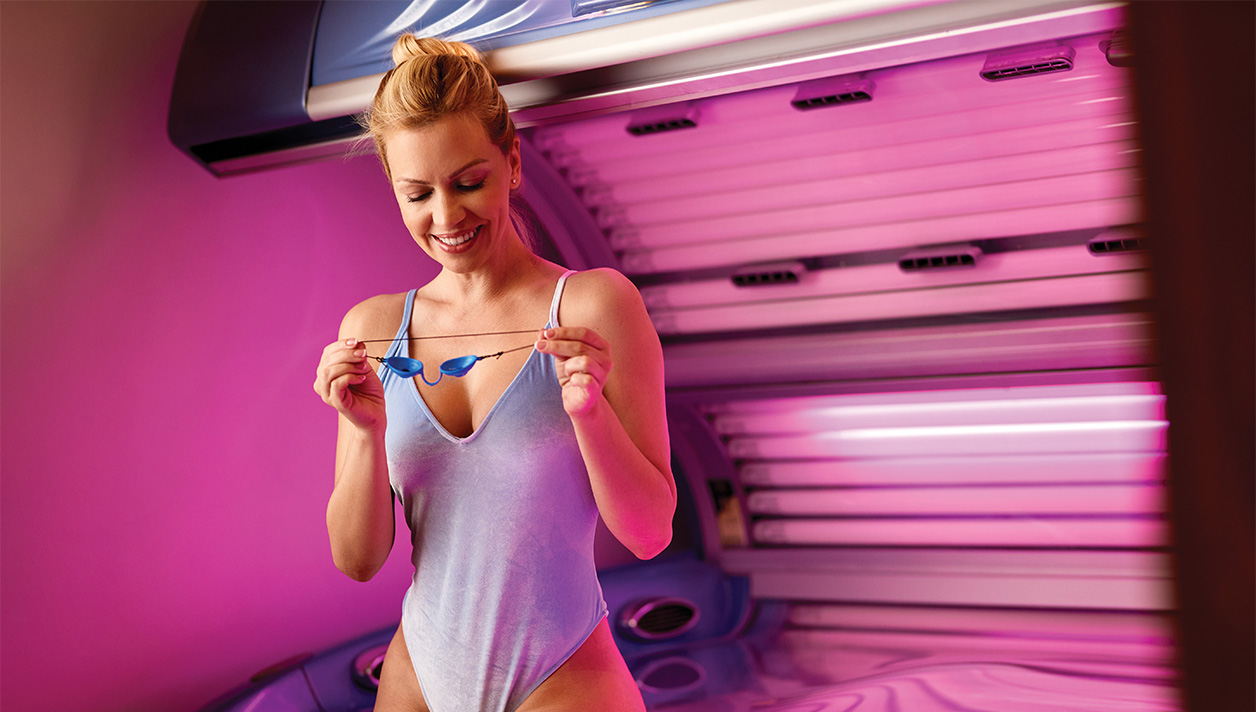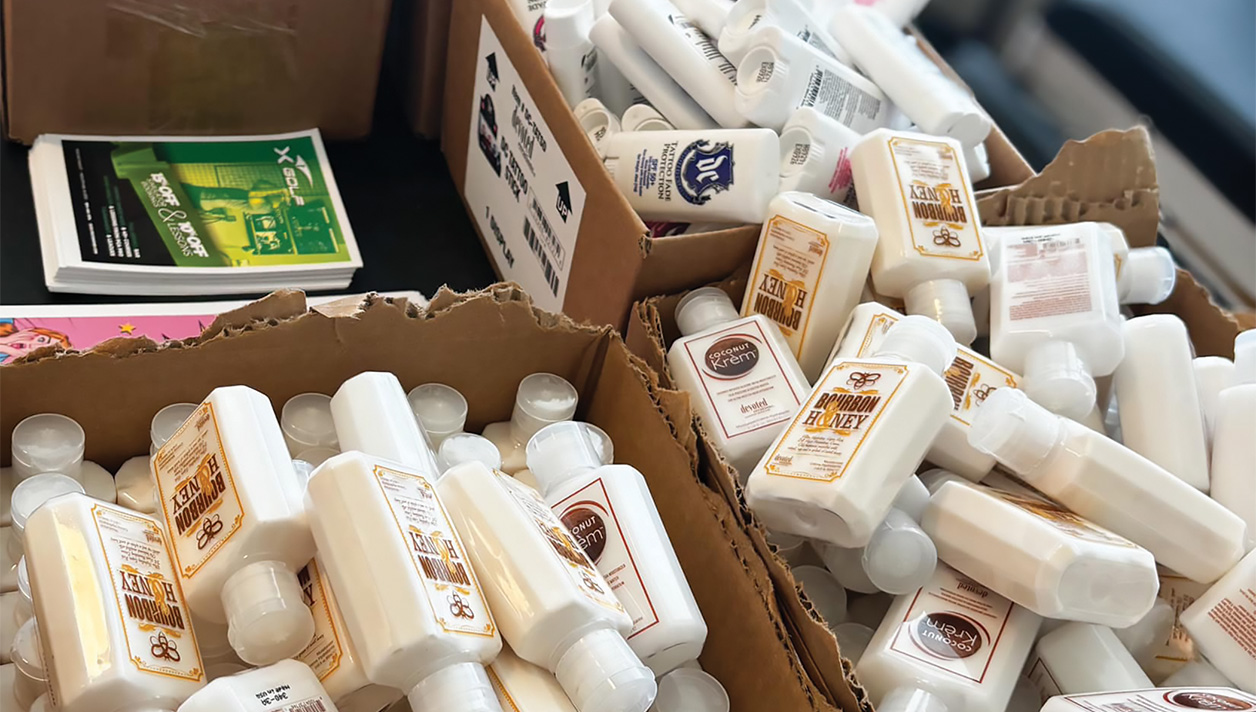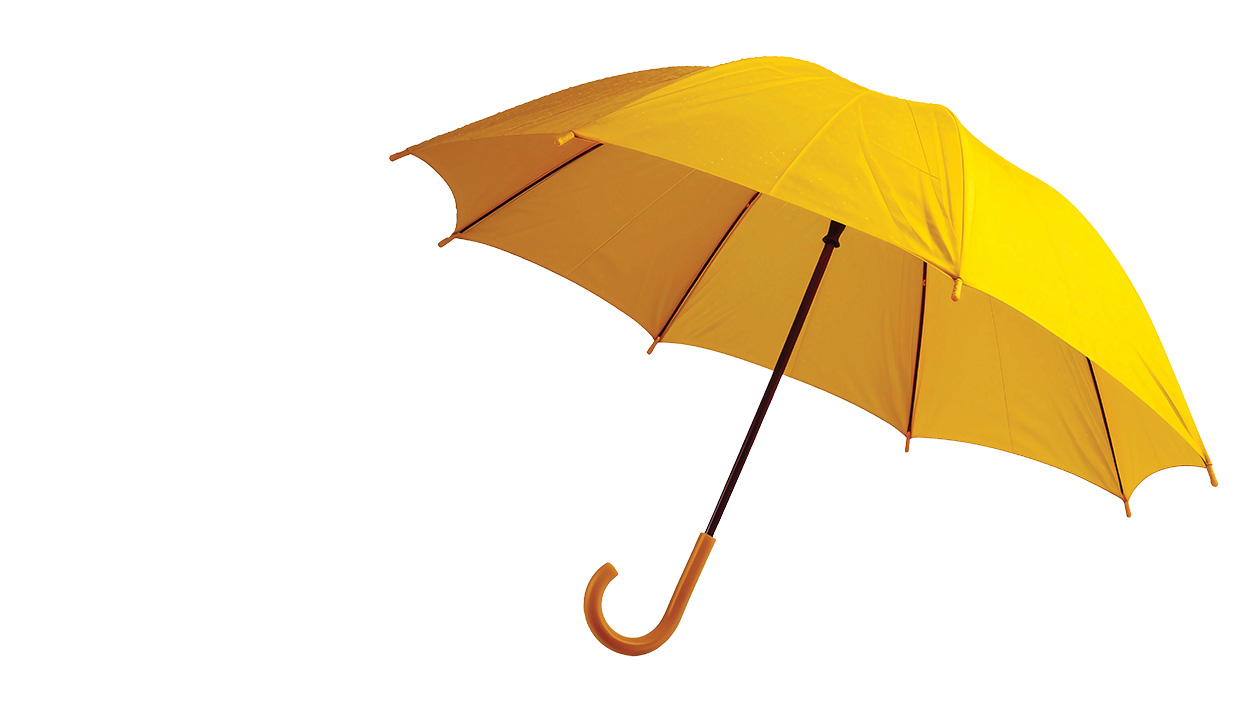Inits latest “report” on indoor tanning, “Good Morning America” used the dreaded “T-word” – tanorexic!
The term “tanorexic” has been around almost as long as indoor tanning, and is considered highly derogatory. A pun on the word “anorexic” – referring to someone who suffers from the eating disorder, Anorexia nervosa – it’s used to describe people whose tanning habits have passed the point of obsession. While this type of person does not represent everyone who tans indoors, enough of them exist to be a problem for the industry, as a whole. On July 11, “Good Morning America” aired a news segment titled “Extreme Tanning: Meet the Tanorexics”, and it was less than flattering to this industry. While the GMA report did not leave much, if any, room for the tanning industry to defend itself against the allegations made in the report, a little investigative digging proved there was much more than what was shown on TV.
Misrepresented!
After watching the GMA segment on “tanorexics”, many viewers might be led to believe that Total Tan salon in Marina del Ray, CA allows clients to tan twice a day at their facility. This is absolutely not true, says Carol Garmyn, the salon’s owner. “The GMA representative brought a model (Internet celebrity, Trisha Paytas) to my salon and filmed her tanning in a sunbed and getting an airbrush tan, then interviewed her at another location,” said Carol. “When the piece aired, the GMA reporter stated that the model tans twice a day at Total Tan and salons like it, and gets a sunless spray tan, which is not true. The model is not, nor has she ever been a Total Tan client, and we do not let any of our clients tan twice in one day.” (Note: Both Carol and ist Magazine have contacted Good Morning America to discuss the alleged misrepresentation, but representatives from ABC have not responded.)
What was perhaps the most damaging aspect of the story was what Paytas said during the interview. “If you told me I had, like, skin cancer,” she commented, “I wouldn’t stop. You know? Scrape it off and keep going.” This careless statement prompted at least one skin cancer survivor to contact Total Tan, and he was highly offended by these remarks. “He told us that the process of skin cancer removal is much more invasive than simply ‘scraping it off,’” Carol said. “We did our best to explain to him that the model is not one of our clients, and that we promote moderate tanning, but I think he was too upset to hear us.”
Unfortunately for Carol, the only reason she decided to allow her salon to be featured on in the GMA segment was because she was told it would be a positive piece. “When the representative contacted me, she said they wanted to do a ‘light fluff piece’ on indoor tanning to show that not everyone who tans is like the New Jersey mom,” she said. “Our salon has been featured in the media before, but had always been portrayed the way the media representatives said we would, so I didn’t get anything in writing from GMA. From now on, that’s exactly what I’ll insist upon before I even consider doing any more interviews.”
Damage Control
Some might wonder why James Oliver would allow one of his Beach Bum Tanning & Airbrush Salons staff to be featured in GMA’s “Tanorexics” segment. For him, it was a matter of damage control. “As a company, we’ve invested in a public relations firm to coach us on how to respond to the media, including how to handle it when they ask leading questions,” said Oliver. “Had we simply told (GMA) ‘no’, they would have interviewed someone from another salon who might not have been prepared.
As a result, I think our employee, Giana Gerardo, represented herself and Beach Bum quite well. We’re all very proud of her!”
GMA interviewed Gerardo, who not only enjoys selling tans, she also loves to get them. Because of this, she was dubbed a “tanorexic” by GMA, even though she follows the industry’s protocols regarding moderate tanning. “As a Beach Bum employee, Giana was already trained in the importance of tanning in moderation,” Oliver explained. “As a result, she didn’t say anything outlandish, and the reporter even cited the fact that she takes precautions when she tans. That’s better than what most salon owners could expect from the media in this kind of situation.”
Oliver says that educating himself and his staff in media relations was a good decision, and he encourages other salon owners to do the same. “As an industry, we often make the mistake of thinking publicity will help us, so we’ll go in front of camera not fully prepared,” he said.
“As a result, the image we portray won’t be our best. Whether you own one salon in a small market or a big salon chain in a major market, it’s good to have this type of preparation.” Oliver also said that it’s not a bad idea to have one specific employee designated as the media contact.
What Was Learned?
“Tanorexics” are a reality for this industry, and there is little that any well-meaning salon operator can do to prevent irresponsible tanning. Unfortunately, the news media understands the obsessive nature of these desperate sun seekers, so they continue to use them as a weapon against the tanning industry. The best that salon pros can do to counter these types of “news programs” is to get training and education utilizing a program that focuses on professionalism and promoting moderate tanning without medical claims. This will create an atmosphere of moderation and responsibility for which indoor tanning will hopefully be judged.



























